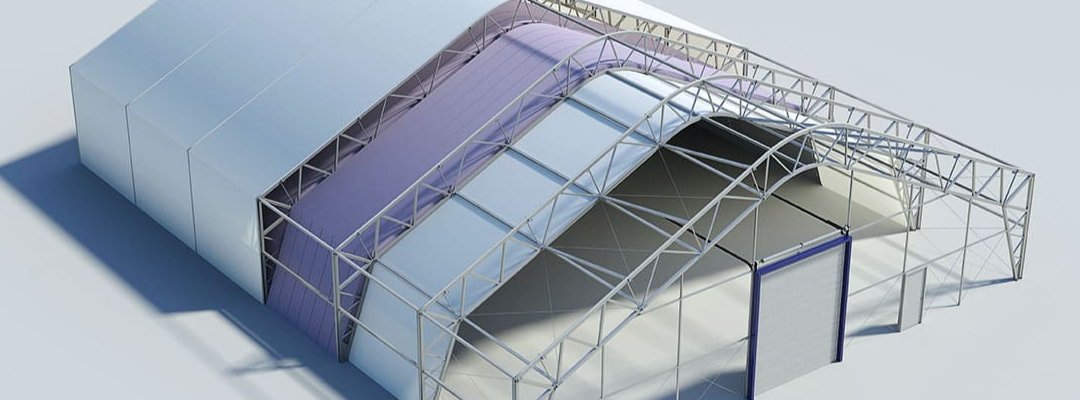Tensile fabric systems are an innovative architectural solution characterized by their lightweight construction, durability, and design versatility. These systems use tensioned membranes supported by steel or aluminum frameworks, offering practical and aesthetic benefits for various applications.
Advantages of Lightweight Tensile Fabric Systems
1. Weight Efficiency
- Minimal Structural Load: Tensile fabric systems are much lighter than traditional roofing materials like concrete or steel, reducing the load on supporting structures.
- Simplified Foundation Requirements: Their lightweight nature requires less robust foundations, lowering construction costs.
2. Design Versatility
- Creative Shapes and Forms: Tensile fabrics allow for dynamic, free-form designs, such as domes, arches, and sails, that are difficult to achieve with conventional materials.
- Customization: Easily tailored to meet specific design and functional requirements, whether for shading, covering, or aesthetic purposes.
3. Quick Installation
- Prefabrication: Components are manufactured off-site and assembled quickly on-site, significantly reducing construction time.
- Fewer Materials: Lightweight components simplify transportation and assembly, making installation faster and more efficient.
4. Cost-Effectiveness
- Reduced Material Costs: The lightweight nature of tensile fabric systems reduces the need for heavy, expensive structural materials.
- Lower Labor Costs: Quick installation and minimal on-site work decrease labor requirements and associated costs.
- Energy Efficiency: Natural lighting and ventilation reduce ongoing energy costs for heating, cooling, and lighting.
5. Durability and Longevity
- Weather Resistance: Tensile fabrics are designed to withstand harsh weather conditions, including UV radiation, rain, snow, and wind.
- High Tensile Strength: Despite being lightweight, these fabrics are robust and maintain their structural integrity under tension.
- Low Maintenance: Durable coatings and materials require minimal upkeep, reducing long-term maintenance costs.
6. Aesthetic Appeal
- Modern Look: The sleek and contemporary designs of tensile fabric systems enhance the visual appeal of any space.
- Versatile Colors and Textures: Available in various finishes to match architectural themes and branding requirements.
- Architectural Icon: Can serve as a focal point for venues like sports arenas, airports, or public spaces.
7. Environmental Benefits
- Sustainability: Many tensile fabrics are recyclable, making them an eco-friendly construction choice.
- Energy Efficiency: Translucent materials allow natural light to pass through, reducing reliance on artificial lighting.
- Reduced Carbon Footprint: Lightweight construction minimizes material usage and transportation emissions.
8. Applications
- Commercial Spaces: Retail centers, showrooms, and atriums.
- Public Areas: Parks, amphitheaters, and recreational zones.
- Sports and Events: Stadiums, pavilions, and temporary event structures.
- Transportation Hubs: Airports, railway stations, and bus terminals.
- Residential Use: Patios, pergolas, and garden shades.
Comparative Advantages Over Traditional Construction
| Feature | Tensile Fabric Systems | Traditional Construction |
|---|---|---|
| Weight | Lightweight | Heavy, requiring robust foundations |
| Design Flexibility | Highly customizable and dynamic | Limited to standard shapes |
| Construction Speed | Quick installation | Longer build time |
| Material Efficiency | Minimal and sustainable materials | Higher material usage |
| Energy Efficiency | Natural light and ventilation | Relies more on artificial systems |
Challenges and Considerations
- Initial Investment: High-quality tensile fabrics may have higher upfront costs.
- Specialized Expertise: Design and installation require skilled professionals.
- Lifespan: While durable, tensile fabrics may have a shorter lifespan compared to traditional roofing materials and require timely replacement.

